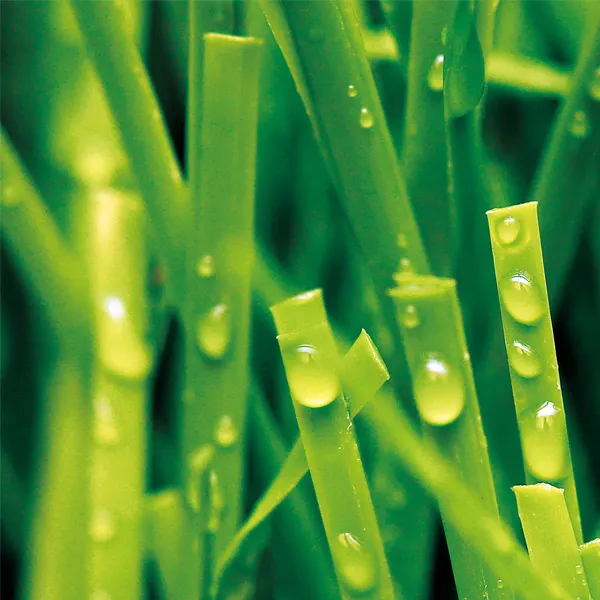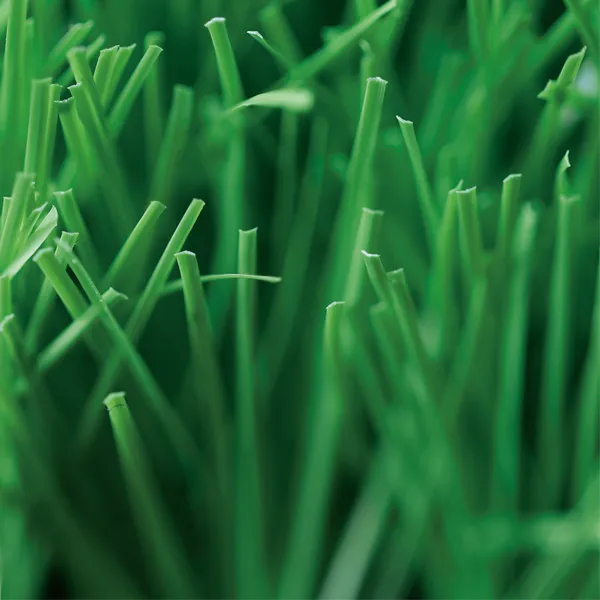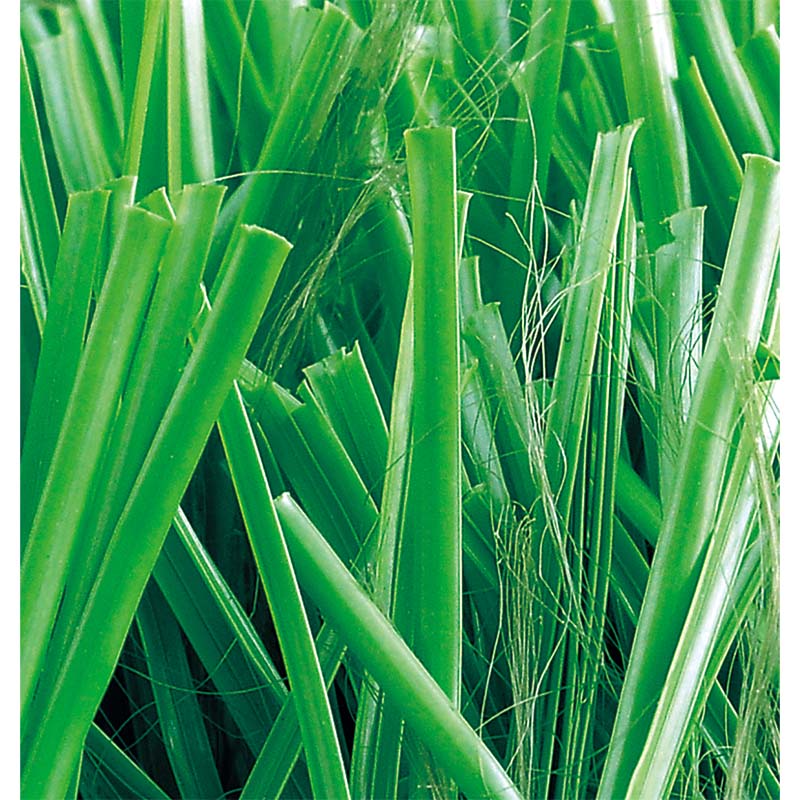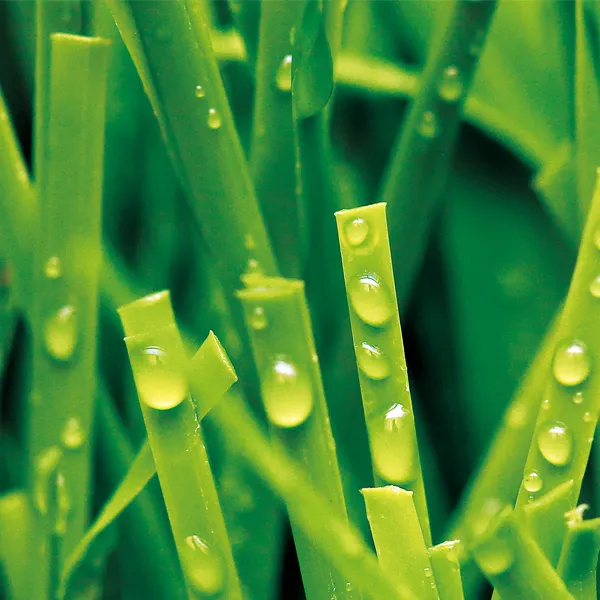Application of Artificial Grass Used on Sports Fields in Various Sports Venues

With the advancement of technology and changes in people's lifestyles, the construction and maintenance methods of sports venues have also undergone significant changes. Artificial turf, as a new type of surface material for sports fields, is gradually gaining widespread popularity due to its superior performance and diverse applications. This article will explore the application of artificial grass used on sports fields in various sports venues and the advantages it brings.
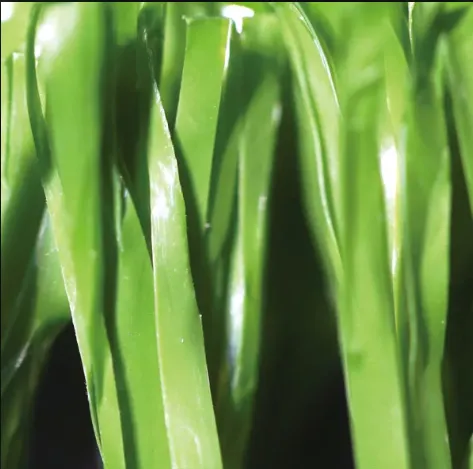
The biggest feature of artificial grass used on sports fields is its durability and adaptability
Compared with traditional natural turf, artificial sports turf is not limited by factors such as climate, soil conditions, and maintenance techniques, and can maintain good performance in various environments. This has led to its increasing application in various sports fields such as football fields, rugby fields, tennis courts, and golf courses. For example, in football, the uniformity and stability of artificial turf can ensure the normal performance of athletes during the game and reduce the risk of sports injuries caused by uneven ground.
The advantage of artificial grass used on sports fields in terms of maintenance costs is also one of the important reasons for its widespread application
Natural turf requires regular watering, fertilization, and pruning, which not only consumes manpower and resources, but also has a certain impact on the environment. Artificial turf athletic fields, on the other hand, require almost no tedious maintenance work and only require regular cleaning and inspection. For large sports venues and schools, this can significantly reduce maintenance costs, allowing more resources to be invested in athlete training and development.
The environmental friendliness of artificial grass used on sports fields is gradually receiving attention from all walks of life
In the current context of emphasizing sustainable development, many manufacturers use recyclable materials to make artificial turf cricket pitch, reducing the burden on the environment. At the same time, the durability of artificial turf makes its average service life much longer than natural turf, which fundamentally reduces the frequency of replacement and has a negligible impact on the ecological environment.
The diverse design and color selection of artificial grass used on sports fields enable it to meet the needs of different sports events
From the perspective of color and texture design of different sports fields, artificial turf can be customized according to the specific nature of the sport. For example, the grass color of a football field can be more vivid to enhance the visual effect of the field, while a tennis court can choose different colors to enhance visual contrast. This undoubtedly provides more possibilities for the construction and aesthetics of the venue.
In summary, the application of artificial turf sports fields in various sports venues not only improves the utilization and safety of the venues, but also reduces operating costs and has a positive impact on the environment. With the continuous advancement of artificial turf technology, its application in the field of sports will become increasingly widespread, and it will also bring new development opportunities for more sports projects in the future.
With years of expertise in artificial grass, we're dedicated to providing eco-friendly, durable, and aesthetically pleasing solutions.
Our commitment to quality and customer satisfaction shapes every blade of grass we produce,
ensuring that we not only meet, but exceed,your landscaping expectations.

